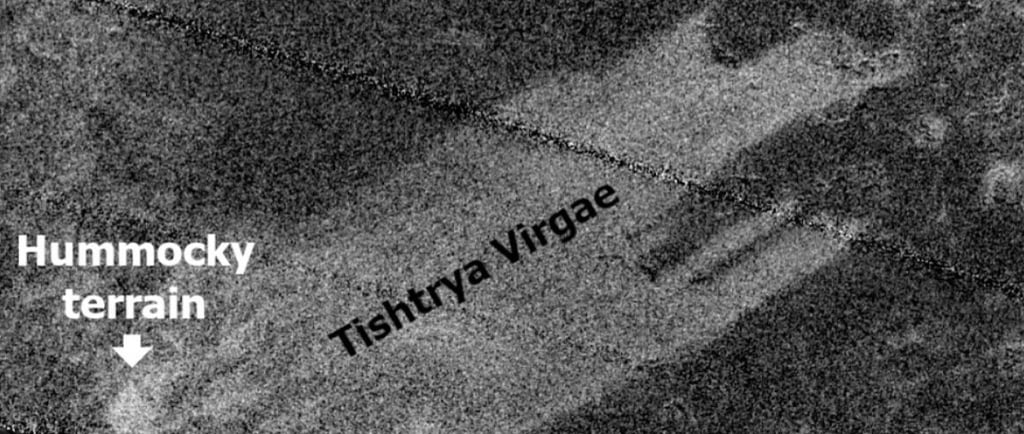The Blowing Nitrogen and Methane Wind in the Moon Titan


Introduction to Titan
Titan, Saturn's largest moon, presents a fascinating spectacle for astronomers and planetary scientists alike. It is enveloped in a thick atmosphere, primarily composed of nitrogen with traces of methane. The interaction of these gases plays a crucial role in shaping Titan's enigmatic surface and weather patterns.
The Influence of Nitrogen and Methane
The atmospheric composition of Titan is unique in our solar system. Nitrogen serves as the base gas, while methane acts as a vital player in seasonal weather systems. When it comes to the movement of substances and phenomena across Titan’s surface, the nitrogen and methane atmosphere creates conditions where winds can carry materials over vast distances. Particularly notable is how these winds can propel larger rocks across the frozen plains, creating a dynamic landscape that shifts with the seasons.
The Hummocky Terrain and Undifferentiated Plains
One of the most intriguing features of Titan is its hummocky terrain, which consists of large, rounded hills that appear to have been shaped by the erosion processes influenced by these winds. In contrast, the undifferentiated plains present vast expanses of relatively flat terrain. The interplay between the different geological formations and the atmosphere's composition raises questions about the history of Titan and the potential for oceanic bodies beneath its surface ice. Furthermore, research indicates that these sediments can also be influenced by the wind patterns, contributing to Titan’s continuously evolving surface.
Tishrya Village: A Window into Titan's Landscape
Among the regions of interest on Titan is the Tishrya village, a place where the interactions of wind, rock, and ice come to life. The winds that blow across this area are a critical factor in the study of Titan's geology. They not only shape the landscape but also move particles from one area to another, creating a mix of textures and formations. Investigating this village could provide valuable insights into the weathering processes and cryovolcanic activity that may occur on this moon.
Conclusion
In summary, Titan is a remarkable subject of study due to its complex interaction of nitrogen and methane within a unique environmental framework. The winds across its surface whisper tales of geological activity and change, providing endless opportunities for research. By focusing efforts on areas like Tishrya village, scientists continue to unravel the mysteries that Titan holds, offering glimpses into what lies beyond our own planet.
